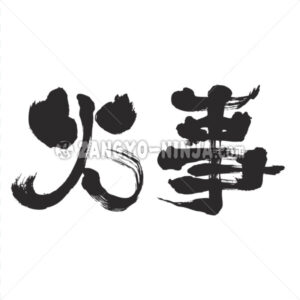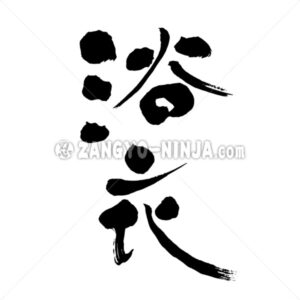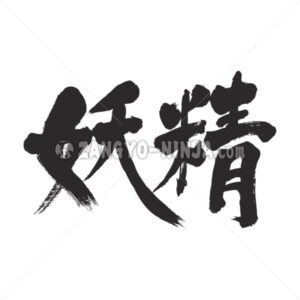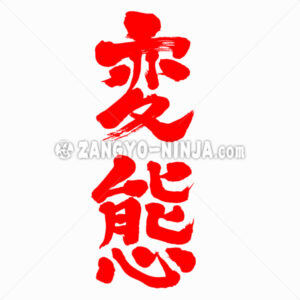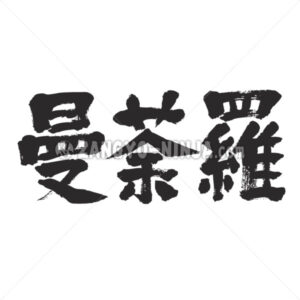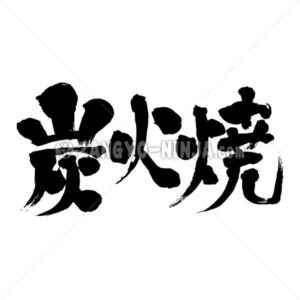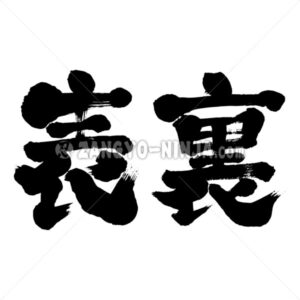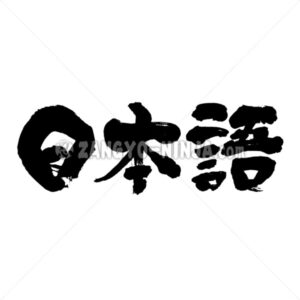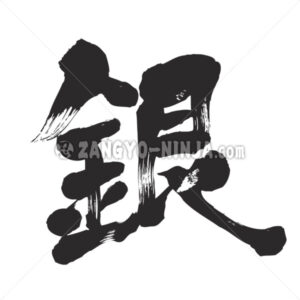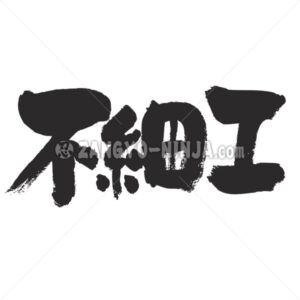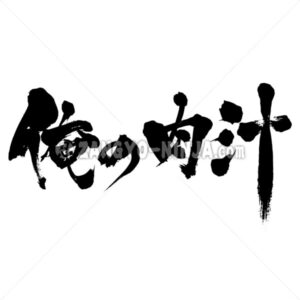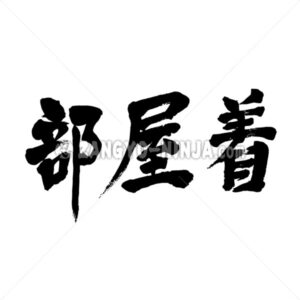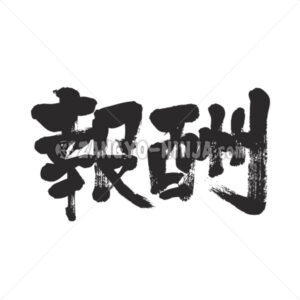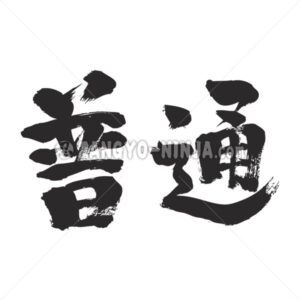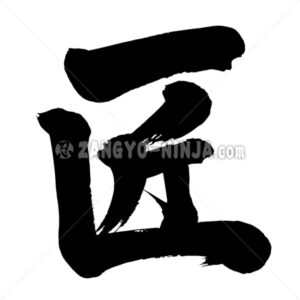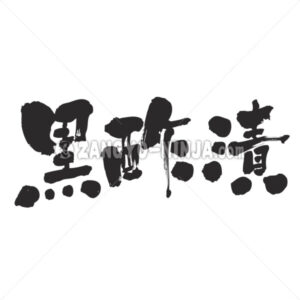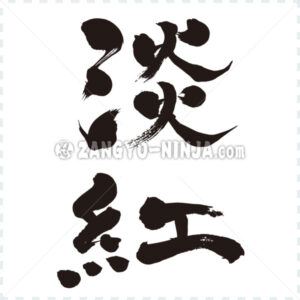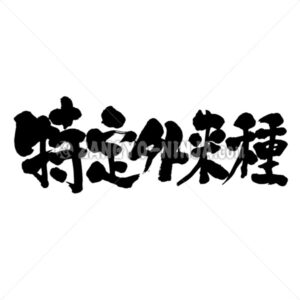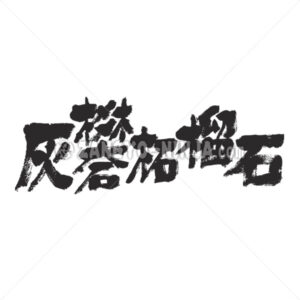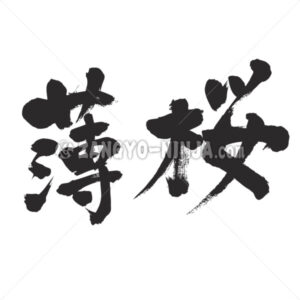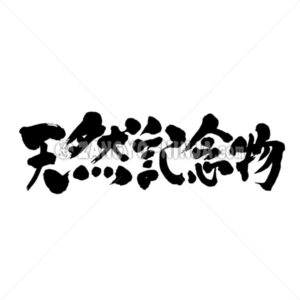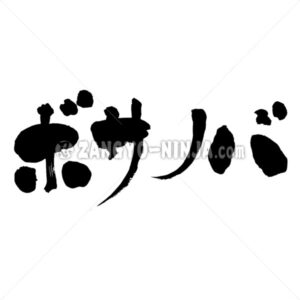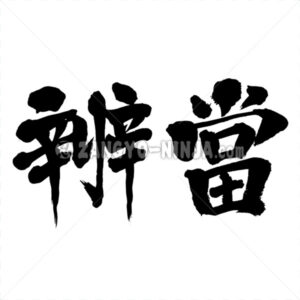
Generally, it is a portable meal consisting of rice and side dishes in a container such as a box. In some cases, rice is not used, such as in sandwiches and spaghetti. History of Bento Heian – Kamakura Period The concept of all portable food as bento goes back to the Heian period (794-1185). … Read More
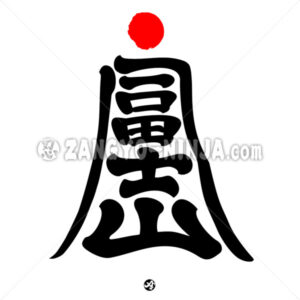
Mt.Fuji is the highest mountain in Japan. The highest point on Mt. Fuji is Kengamine, which is about 3,776 meters high. The period during which you can safely climb Mt. Fuji is two months from early July to mid-September. is. About 300,000 people will climb Mt. Fuji in the next two months. Fuji has … Read More
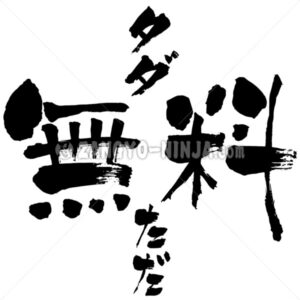
There is no price for goods or services. It’s Free written vertical in Japanese Katakana. Free written horizon in Japanese Kanji. Free written vertical in Japanese Hiragana. Hiragana and katakana are colloquial translations of Kanji, so the meaning may not be understood depending on what is written. Japanese called “tada” in Japanese katakana and … Read More
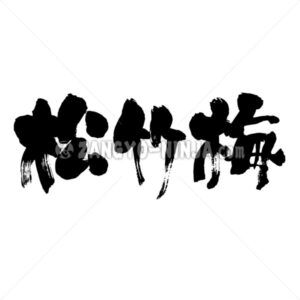
charms and is said to be auspicious along with the crane turtle. Since all three can withstand the cold, they are called Three Friends of Winter and are used for ceremonies as congratulations. A word used in place of each grade when goods and seats are divided into three grades. Pine, bamboo, and plum … Read More
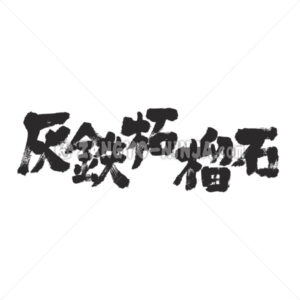
End-member of garnet solid solution. It is one of the most beautiful members of the garnet family. This is because it has greater light dispersibility than diamond. They come in a variety of colors, but the most beautiful ones are yellow, yellow-green, and emerald. It is common in skarn and limestone Hornfels. A stone … Read More
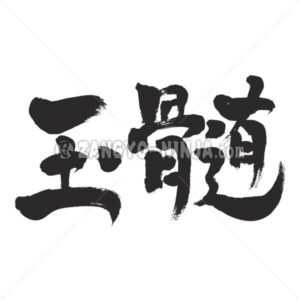
A mineral made of extremely fine granular or fibrous quartz. It may also contain a mineral called moganite, which is polymorphic to quartz. There are various colors such as colorless, red, orange (daidai), green, yellow, and black, and there are various variant names. Some are used as decorative stones such as agate, carnelian, and … Read More
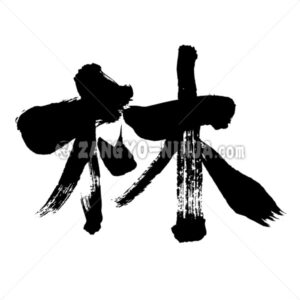
Japanese said “Hayashi” in a character Kanji. The etymology is “Hayasu”, and the conjunctive form of the verb “Hayasu” is a noun. “Hayasu” is to grow. The intention to prosper and grow. In other words, “Hayashi” is a place where trees are grown. It is also said to be a surname that originated from … Read More
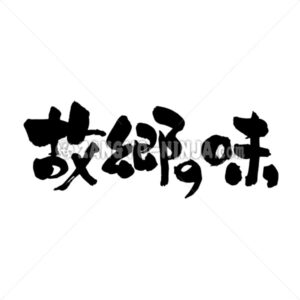
In summary, dishes made with ingredients such as preserved foods, fermented foods, and seasonings that people have thought about in the process of living in the area and forming the area. Japanese said “Furu sato no aji” and “Ko kyo no aji” in Japanese Kanji and Hiragana.
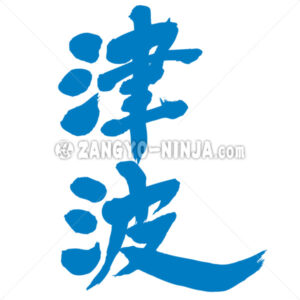
When a crustal movement in the vertical direction occurs on the ocean floor due to a large earthquake at the ocean floor, the seawater above it is disturbed and propagates as a long wave. This wave has an extremely long wavelength compared to the wave height and is not recognized as a wave offshore, … Read More
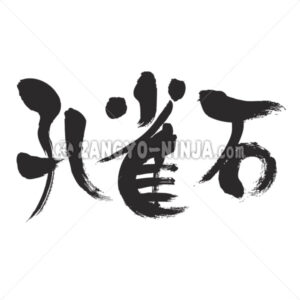
Copper carbonate mineral, green or blackish green, with diamond luster and translucent. Monoclinic system with many fine needles or fibrous crystals. Malachite is said to have the power to protect the owner from disasters. It is also said to increase the amulet amulet, intuition and insight. Japan call “Ku jaku ishi”.


